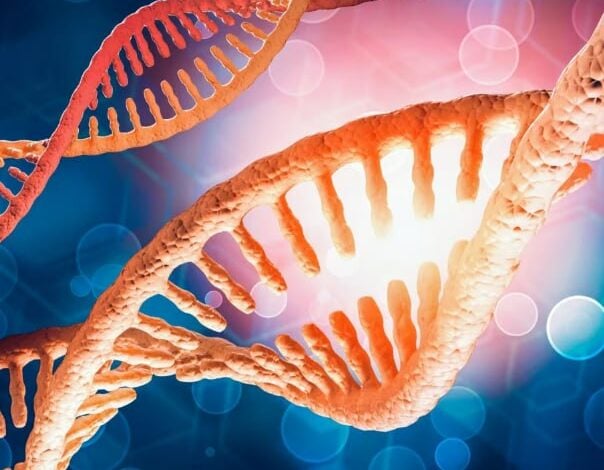Hidden Hibernation Genes in Humans Could Offer Disease Treatment Potential

Hidden Hibernation Genes in Humans Could Offer Disease Treatment Potential
———————————-
New research suggests that humans may possess dormant “hibernation genes” that could potentially be leveraged to treat a variety of diseases. The discovery, highlighted in an August 1, article on Earth.com, indicates that genetic traits enabling hibernation in animals might still be present within human DNA.
Scientists focused on a gene cluster known as the fat mass and obesity-associated (FTO) locus. In hibernating animals, this locus is crucial for controlling fat storage and energy. While this same region is a significant genetic risk factor for obesity in humans, researchers found adjacent DNA regions in hibernators that regulate gene activity without altering the genes themselves. These regulatory elements enable hibernators to manage weight and burn fat efficiently.
When these specific DNA regions from hibernators were introduced into mice, they were observed to influence weight, body temperature recovery, and metabolism. The key distinction between humans and hibernating animals appears to lie in how these shared genes are regulated.
Researchers believe that by understanding and potentially “unlocking” these regulatory switches, it might be possible for humans to adjust their metabolism. This could offer new avenues for overcoming conditions such as type 2 diabetes, surviving extreme metabolic stress, reversing age-related decline, or treating various chronic diseases. The study, published in the journal Science, proposes that evolution in hibernators may have “broken metabolic locks” that humans still retain, offering a novel pathway to improve human health by learning from these animals.






